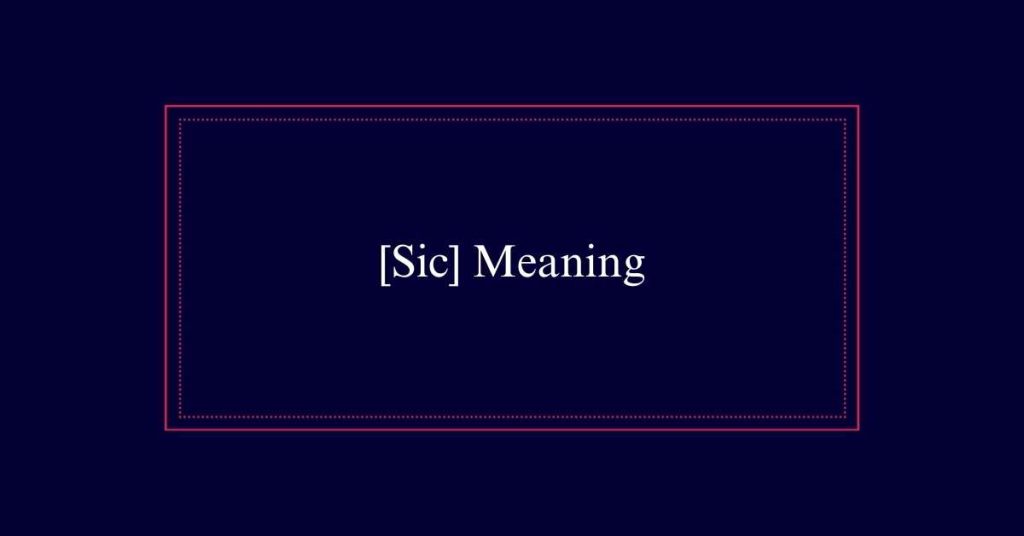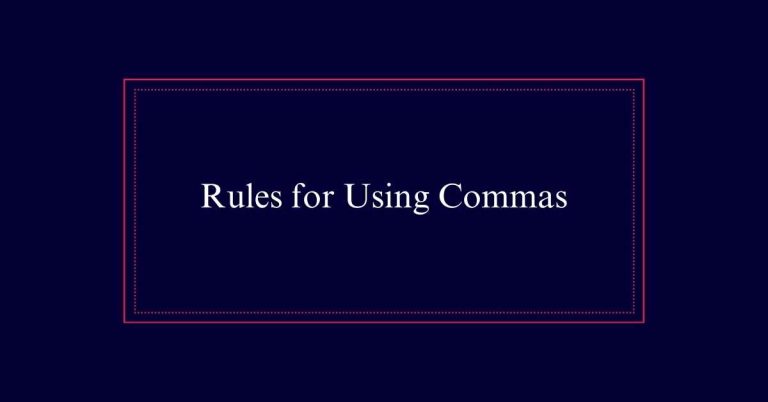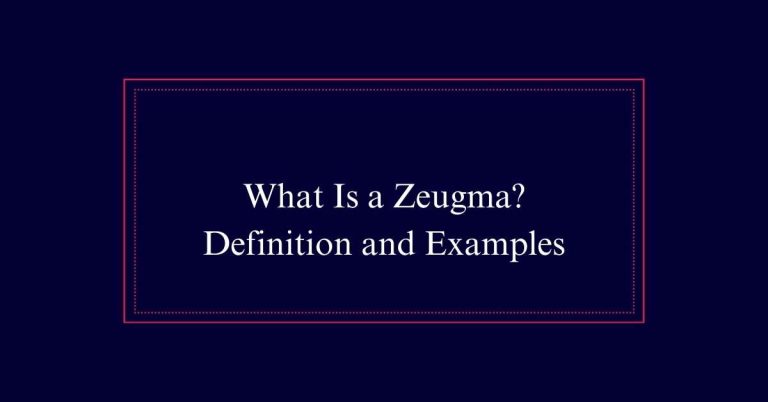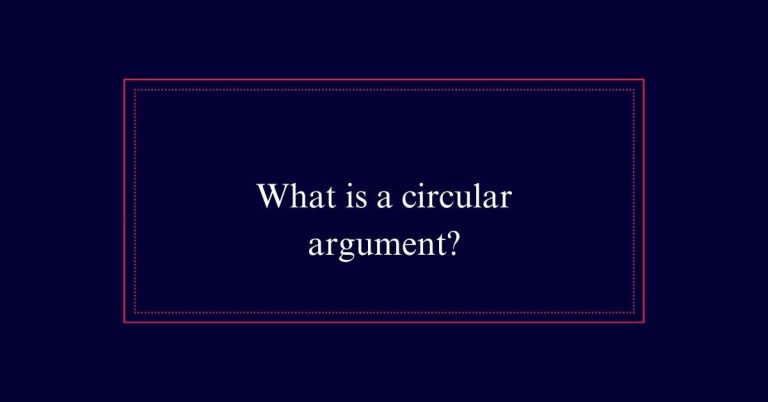[Sic] Meaning
The term ‘[sic]’ is a Latin adverb meaning ‘so’ or ‘thus,’ used in writing to indicate that quoted text is transcribed exactly as found, including any errors. It is placed in brackets immediately after the mistake to clarify that the error is part of the original material and not a typographical error by the person quoting it.
Definition of Sic
The term ‘sic’ is a Latin adverb meaning ‘so’ or ‘thus,’ used to denote a quoted text has been transcribed exactly as found, including any errors. When quoting, writers use ‘sic’ to highlight spelling or grammatical mistakes in the original source. It is typically placed in brackets or parentheses immediately after the error.
This practice guarantees the reader understands the error was present in the original text and not introduced by the person quoting it. ‘Sic’ can also appear italicized. However, using ‘sic’ requires caution, as it may be seen as highlighting others’ mistakes.
Origins of Sic
Since its inception in the mid-19th century, the term ‘sic’ has undergone significant evolution in its usage and meaning. Derived from the Latin word that means ‘so’ or ‘thus,’ it was initially used to indicate that quoted material was reproduced exactly, even with errors.
The adoption of ‘sic’ into English scholarly work aimed to preserve the integrity of original texts while highlighting any inaccuracies. Over time, its application expanded beyond academic circles to journalistic and everyday writing.
‘Sic’ serves as a tool for maintaining fidelity to the source material, ensuring that readers are aware that mistakes or unconventional spellings are part of the original.
Sic in Quoted Text
When incorporating quoted text, using [sic] guarantees that any errors are clearly attributed to the original source. This practice helps maintain the integrity of your writing by showing that mistakes are not your own.
[Sic] is placed directly after the error within the quote, typically enclosed in brackets or parentheses. It can be italicized for emphasis. This notation is crucial for academic work, journalism, and legal documents where accuracy is paramount.
However, use [sic] sparingly to avoid appearing overly critical or distracting the reader. Always make sure the marked error is indeed a mistake.
Sic in Different Languages
Sic’s usage and meaning can vary greatly across different languages and cultures. In English, sic is used to indicate that quoted text is presented verbatim, including any errors. However, other languages and regions might use sic differently or have other conventions for handling such notations. For instance, in Scottish English, “sic” might simply mean “such.” In other languages, similar terms may be used to denote quoted errors or for other contextual clarifications.
Here’s a comparative table:
| Language | Term Used | Meaning |
|---|---|---|
| English | [sic] | Indicates a verbatim error |
| Scottish English | sic | Means “such” |
| Spanish | [sic] | Used similarly to English |
How to Use Sic
Using sic properly involves understanding its correct placement and purpose in quoted text. Sic is used to indicate that an error within a quote is from the original source, not a transcription mistake.
Follow these guidelines to use it effectively:
- Placement: Insert sic immediately after the error within brackets or parentheses.
- Formatting: Sic can be italicized for emphasis, but this is optional.
- Verification: Verify the marked word or phrase is indeed an error from the source material.
- Discretion: Use sic sparingly to avoid appearing overly critical of the original author.

Examples of Sic
To illustrate the proper use of sic, consider the following examples from various sources.
In a statement by FoxSports, a player wrote, ‘I have expressed my sincere position regarding my contract status and with sound mind have expressed my stands (sic) to the Texans organization.’ Here, sic indicates the incorrect use of ‘stands’ instead of ‘stance.’
Another example from the Toronto Sun quotes, ‘We all gon (sic) be dead in 100 Years. Let the kids have the music.’ The term ‘gon’ is marked as an error.
Common Misconceptions
Frequently, people misunderstand the purpose and correct usage of sic in quoted text. One common misconception is that sic is used to highlight an error made by the person quoting the text, rather than the original author.
Another misunderstanding is that sic indicates approval or endorsement of the quoted error. Additionally, some believe sic should be used to correct the error, which is incorrect.
Common misconceptions include:
- Misinterpreting sic as a correction tool: Sic does not correct errors.
- Assuming sic implies endorsement: It merely indicates verbatim quoting.
- Believing sic shames the original author: Its purpose is clarity.
- Thinking sic is always necessary: Use it sparingly to avoid distraction.
Alternatives to Sic
Instead of using “sic,” consider paraphrasing the quoted text to maintain clarity without highlighting errors. This approach guarantees the primary message is conveyed accurately without drawing attention to mistakes.
Another option is to use ellipses to omit the erroneous part, focusing on the essential content. If the context allows, you can also use brackets to correct minor errors directly within the quote. This method keeps the reader’s attention on the main idea rather than on the error.
Additionally, if the mistake is not critical, you might choose to leave it unmarked, especially if the meaning remains clear.
Proper Formatting
Proper formatting of sic is essential to guarantee readers understand that the error was present in the original source. The placement of sic should be consistent and clear.
Here are key guidelines:
- Brackets or Parentheses: Use either to enclose sic, but be consistent within a document.
- Italicization: Italicize sic to make sure it stands out, though this is not mandatory.
- Positioning: Place sic immediately after the error to avoid confusion.
- Discretion: Use sic judiciously to avoid appearing overly critical of the source.






